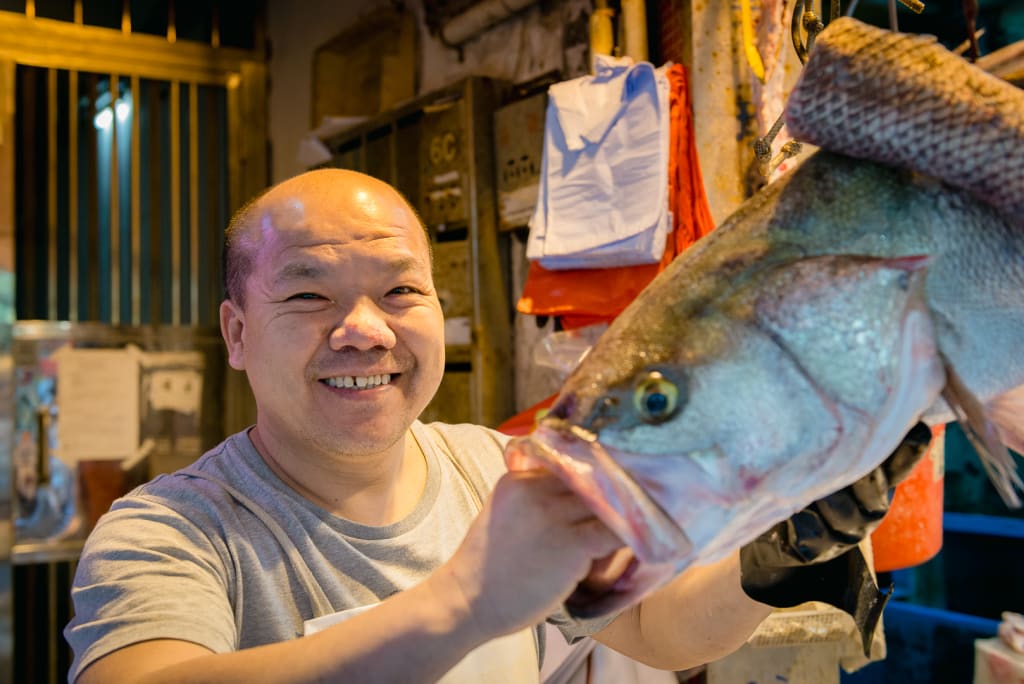
In Hong Kong, where the air smells of fermenting tofu and the ever reaching skyscrapers brood over narrow streets, the tradition of the street market is still being upheld in this fast paced, fast modernizing city.
As long as Hong Kong has had streets, there have been street markets. Since the city started life as a fishing and farming village under the Qin Dynasty around 200 years BC, to the ceding of the city to the British Empire in 1842 and through its evolution to major international port and financial centre, people have been able to buy meat, fruits, vegetables and traditional medicines in crowded alleyways and street sides. An influx of refugees from mainland China after World War II brought with them a renewed demand for cheap ingredients and reinforced the preference for buying these in the traditional markets they were accustomed to back home.
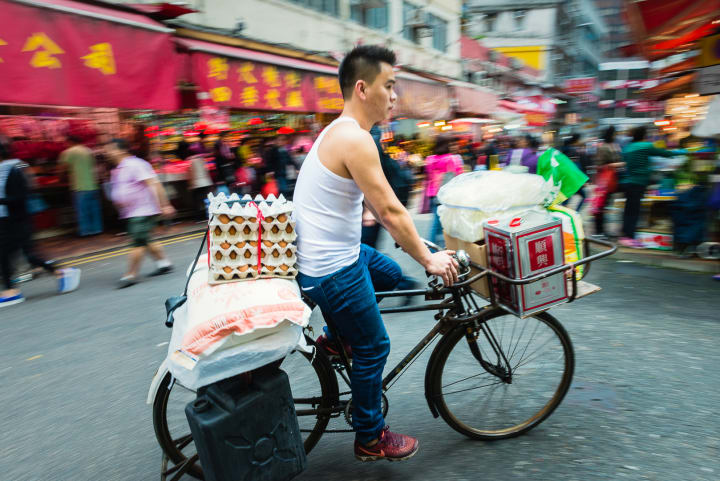
The only real change has been the rise in interest from tourists unaccustomed to Asian street markets who come to take in the chaos at the bewilderment of locals who wonder what the attraction is.
They are perhaps the last remaining link to the Hong Kong of the fifties, a decade that saw huge change and was the beginning of Hong Kong’s rise as a global city. Indeed they have changed little in this time, seeming to have a healthy disregard for the sprouting of glass skyscrapers on every side and the emergence of western supermarkets across the city.
Hong Kong’s street markets are more than places for buying daily supplies for those living in small apartments with little or no storage for food. They are meeting places where old friends continue to cross paths daily, discussing the same topics they have done for decades; family, the weather, politics, the current celebrity scandal, preferring the unfiltered surrounds to the sterile environment of air conditioned indoor shops with neatly packed shelves of pre-packaged goods.
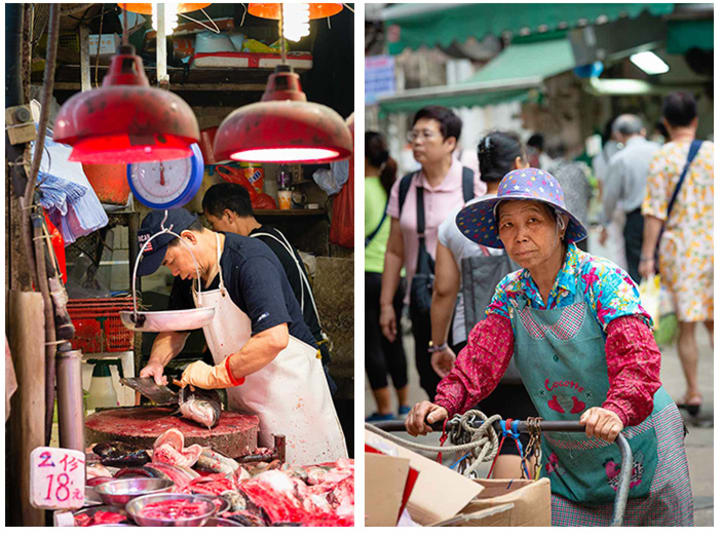
Red is the dominant colour. Red from the overhead lamp shades installed in every stall, red from the meat of the butcher’s shops and the blood on the fishmonger’s knives as they expertly descale and fillet fish that was moments ago still swimming in plastic buckets, red from the roasted Char Siu Pork that hangs on hooks alongside chicken and duck.
Everything can be found here from dinner ingredients to healing potions.
Smells of chilli oil, dried fish and chrysanthemum tea rise with the steam of freshly made congee, while delivery boys on bicycles navigate expertly between the pressing crowds, carrying sacks of rice and baskets of eggs to local restaurants, narrowly missing ankles while ringing their bells nonstop in warning.
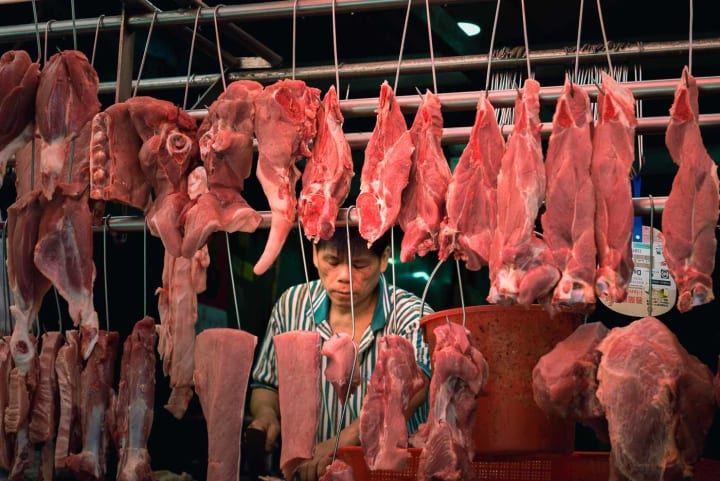
Shouts of “Yau pang yau lang” and “Sun seen yau shui” punctuate the air above the din of haggling as hawkers tout their wares, extoling the freshness of vegetables and fleshiness of seafood and urging shoppers to their stall with short, sharp sentences designed to catch attention amongst fierce competition. Chickens squawk and cleavers thump on butcher’s blocks, and it’s all underpinned by the low rumble of traffic from nearby motorways, a subtle reminder of the change taking place outside a small preserved piece of Hong Kong’s history. These street markets are in a way, very vivid living, breathing museums.
It’s hard to imagine these atmospheric markets ever changing, but they are an endangered species. A preference by younger generations for supermarkets and convenience stores and moves by the government to either move them inside to more sanitary premises or close them completely puts market vendors in a precarious position, with many concerned for their livelihoods having known no other work or way of trading their entire lives. A generational shift may see them disappear completely, but for now one of the last slices of traditional Hong Kong life is preserved.
About the Creator
Mark Eden
Freelance travel photographer and writer based in Melbourne, Australia. I create images and words that help tell the stories of our vibrant, diverse world and its people.
www.markeden.com.au


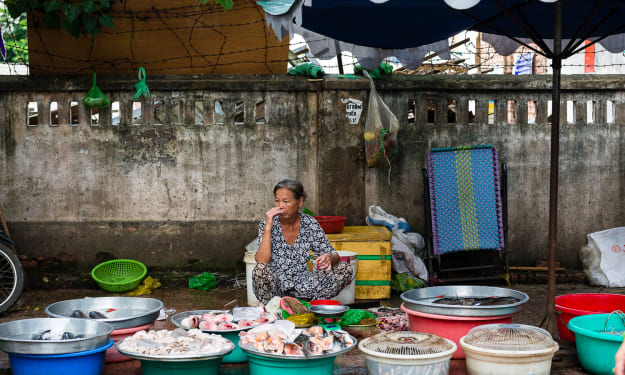



Comments
There are no comments for this story
Be the first to respond and start the conversation.